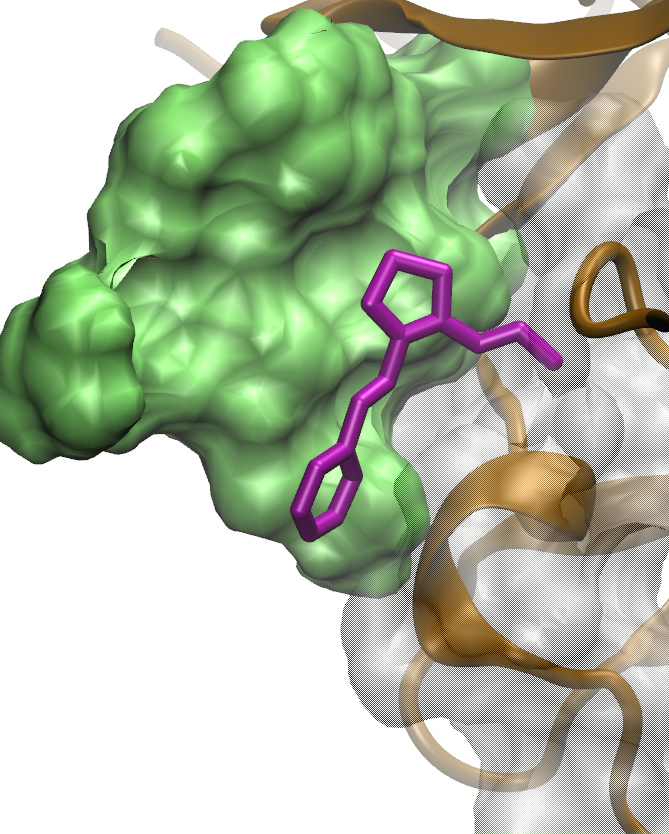A collaboration among investigators at the University of Tennessee Health Science Center (UTHSC), Tennessee Technological University and UTK-Oak Ridge National Laboratory (UT-ORNL) has discovered molecules based on computational modeling that are an important advance toward producing targeted drugs for the treatment of chronic kidney disease, and may prove useful in finding targeted therapies for other illnesses in the future.
Darryl Quarles, MD, UTMG Endowed Professor, director of the Division of Nephrology, and associate dean for Research in the College of Medicine at UTHSC, and Jeremy C. Smith, PhD, Governor’s Chair and director of the UT-Oak Ridge National Laboratory Center for Molecular Biophysics, led the teams that married the supercomputing expertise at UT-ORNL and the medical research at UTHSC in a quest to find a way to block the fibroblastic growth factor 23 (FGF23), a hormone that causes hereditary low-phosphate level disorders and contributes to adverse outcomes in chronic kidney disease (CKD).

Their manuscript detailing this collaboration was published in the latest issue of Science Signaling, a prestigious journal of the American Association for the Advancement of Science. “The paper describes a significant advance in the field, and validates the unique drug discovery paradigm that we have established,” Dr. Quarles said.
Medicine is more and more focusing on drugs designed to affect specific protein ‘targets’ involved in disease pathogenesis. The objective is to find chemicals that bind to these targets and change how they work. Dr. Quarles has studied targets that might be useful in altering the course of several different human diseases, one of which is the hormone FGF23. Elevated levels of FGF23 cause rare forms of hereditary hypophosphatemic rickets. Elevations of FGF23 also occur in patients with CKD, and are associated with increased mortality and adverse cardiovascular and infectious outcomes. However, no chemicals had been found to target this hormone and block its action.
Dr. Quarles reached out to Dr. Smith and his colleague, University of Tennessee-Knoxville Associate Professor Jerome Baudry, PhD, a group leader at ORNL, asking if they could use the institution’s supercomputers to solve the problem of how to block FGF23.
According to Dr. Smith, UT-ORNL has developed a computational approach using computer models of the 3D structures of proteins being investigated and testing millions of candidate chemicals on them to see which might bind to them and inhibit their activity. They have predicted candidates for many different drug targets that have been subsequently confirmed in laboratory testing.
“Until our work, no chemicals had been found that can target this hormone,” Dr. Smith said, referring to FGF23. Computer simulations were performed on possible chemicals predicted to inhibit FGF23. “In a truly cross-state collaboration, the Quarles group experimentally tested the predicted molecules, some of which were synthesized at Tennessee Tech, and found some that work,” Dr. Smith said. “Thus, we now have started along a new road that may lead to FDA approved drugs for several diseases.”
Dr. Quarles said the work goes beyond the focus of treating one disease. The collaboration is one that sets the stage for future investigations. “Validating a target is the first important step, followed by finding a chemical compound that either blocks or activates the target as the next important step in the pathway to identify preclinical lead compounds. But what’s more important is the fact that we’ve established a new paradigm for drug discovery that’s based on this computational modeling that is done at UT-Oak Ridge,” he said. “Using that platform and a target, with no prior knowledge of compounds that might bind to this target, we discovered something showing clinically important effects in animal models of human disease. This sets the stage for further development of compounds that might be used in the future to treat human diseases caused by excess FGF-23.”
